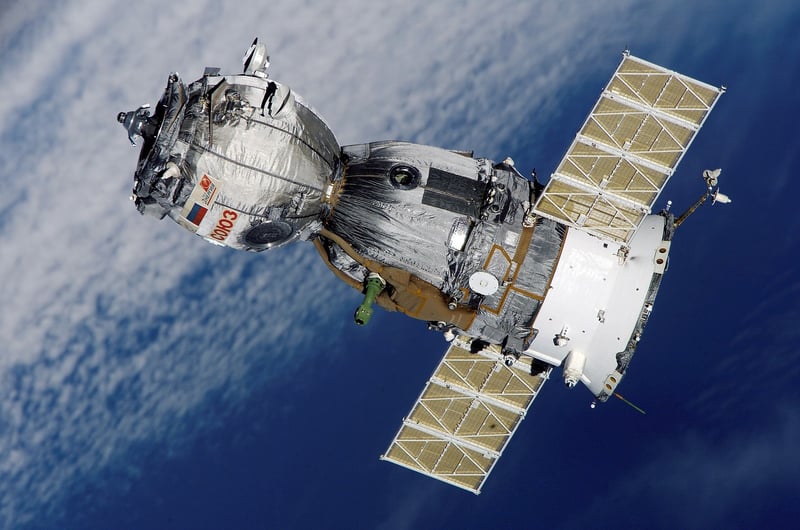Spacecraft Design
Innovations for Deep Space Exploration and Spacecraft Design
The Need for Innovation in Deep Space Exploration
As humans venture further into the cosmos, the challenges of deep space exploration become more apparent. To overcome these hurdles and ensure the success of future missions, continual innovations in spacecraft design are essential.
Key Innovations in Deep Space Exploration
1. Ion Propulsion Systems
Ion propulsion systems use electromagnetic fields to accelerate ions, providing high efficiency and prolonged thrust compared to traditional chemical propulsion systems.

2. Solar Sails
Solar sails harness the pressure of sunlight to propel spacecraft, offering a sustainable and continuous source of propulsion for long-duration missions.

3. Advanced Life Support Systems
Developments in life support systems enable astronauts to survive extended periods in space by recycling resources and creating a closed-loop environment.

Future Trends in Spacecraft Design
1. 3D Printing
3D printing technology allows for on-demand manufacturing of spacecraft components in space, reducing the need for extensive spare parts and enabling rapid repairs.

2. Artificial Intelligence
Integration of artificial intelligence in spacecraft systems enhances autonomous operation, decision-making, and data analysis, improving mission efficiency and safety.

3. Inflatable Habitats
Inflatable habitats provide a lightweight and compact solution for creating living and working spaces in deep space, offering flexibility and protection from radiation.

With these innovative technologies and trends shaping the future of deep space exploration and spacecraft design, humanity is poised to reach new frontiers and expand our understanding of the universe.
